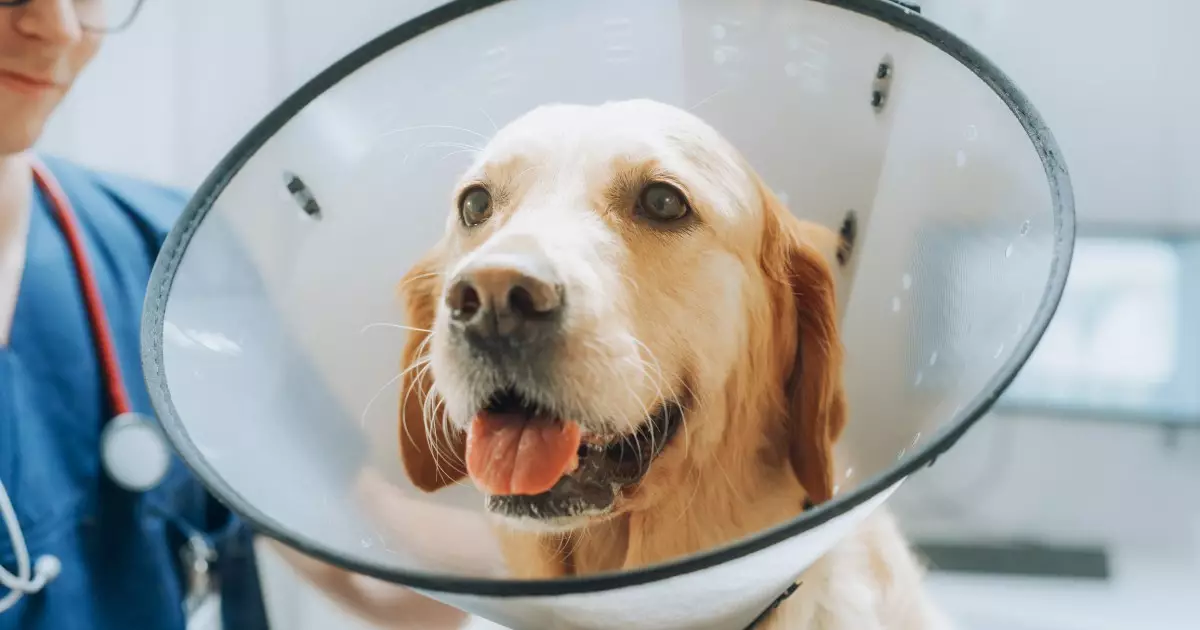Neutering, a common procedure for male dogs, generates numerous discussions among pet owners about its importance and implications. Despite the numerous benefits provided by this simple surgical procedure, misconceptions and myths often cloud the decision-making process. In this article, we will delve deeper into what neutering entails, examine its advantages, and address common concerns and myths.
Neutering a male dog is a surgical operation that effectively renders the animal unable to father offspring. This straightforward procedure, often referred to as “the big snip,” is executed by a veterinarian under general anesthesia. The process involves an incision in the scrotum, followed by the removal of the testicles. The simplicity of the surgery is one of its hallmarks; the incision typically heals within a couple of weeks, allowing the dog to return to its regular activities without significant disruption.
It’s essential to ensure the comfort of your pet post-surgery, as they might need a recovery aid, like an Elizabethan collar, to prevent licking the surgical site. While the prospect of surgery can be daunting for pet owners, understanding that it is a common and routine operation can help alleviate concerns.
One of the primary reasons for neutering is to combat pet overpopulation, a serious issue leading to the euthanasia of countless dogs each year in shelters. By preventing unwanted litters, neutering plays a crucial role in ensuring that fewer dogs are born into circumstances where they may not receive the care they need. The impact of this procedure extends beyond individual pets; it fosters responsible pet ownership and contributes to community efforts aimed at keeping dog populations manageable.
Moreover, the problem of overpopulation is intertwined with various socio-economic factors, which makes spaying and neutering essential in promoting healthier communities.
The advantages of neutering go beyond preventing reproduction. Veterinarians have observed that neutered male dogs tend to experience a lower incidence of certain health issues. For instance, neutering significantly reduces the risk of testicular cancer and diminishes the likelihood of prostate diseases. This medical benefit is crucial not only for the health of the dog but also for reducing long-term veterinary costs for pet owners.
Behavioral changes are another area significantly influenced by neutering. A reduction in testosterone typically leads to calmer behavior. Neutered dogs often exhibit fewer signs of aggression, less tendency to roam, and decreased instances of marking territory. While some of these behaviors are rooted in the dog’s natural instincts, neutering helps manage and mitigate some of the more problematic tendencies that can arise.
Veterinarians often debate the ideal age for neutering, with some recommending the procedure before a dog reaches puberty (around six months). Others suggest waiting until growth plates have closed, which can vary by breed. Consulting with a veterinarian who understands your dog’s specific needs and risks is crucial.
Additionally, male puppies should still be neutered even if their testicles have not descended, a condition known as cryptorchidism. These dogs face an increased risk of tumors, and neutering mitigates that risk considerably.
While neutering is generally safe, certain factors increase the risk, including the dog’s age and health status. Overweight or older dogs may require additional consideration during the pre-surgery consultation. Nonetheless, the long-term benefits often outweigh these concerns, making it important to have an in-depth discussion with your vet ahead of time.
The post-neutering period is crucial for ensuring your dog heals properly. Most can return home the same day as the surgery, but owners should be prepared to monitor them closely for any unusual symptoms. It’s not uncommon for dogs to experience slight discomfort or lethargy immediately following the procedure, but it’s often a temporary setback.
Veterinarians typically provide specific care instructions, including dietary modifications and restrictions on physical activity. It is critical to limit a dog’s activity for several days to allow for proper healing. Changes in behavior, such as excessive licking or signs of severe pain, should prompt immediate consultation with a vet.
Deciding to neuter your dog is a significant step in responsible pet ownership. While it is essential to understand the procedure and its implications, it’s equally important to consider the wellness of your dog in the midst of these discussions. Education about neutering helps dispel myths and promotes the health and safety of your pet. Ultimately, when approached thoughtfully, neutering can lead to a healthier, calmer companion, while also contributing positively to the broader community and the welfare of animals in need.

